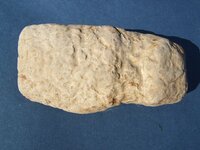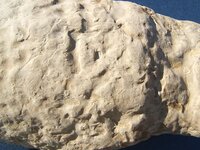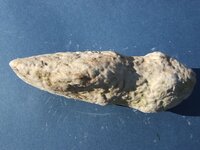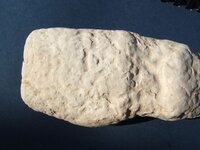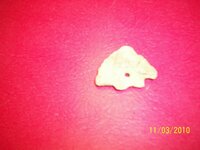1320
Silver Member
The pictured axe is from my late grandfathers collection, I have no idea where it was found or from what era it is from. Oddly enough, when I first saw it, it appeared to have been dipped in plaster of paris. I tried to free a "flake" with my fingernail but nothing would pop off. I dipped it in water and the whiteness turned to dark grey and while it was wet, it resemble a normal "rock". As you can see in one of the photos, when the axe contacts paper, a chalk like deposit is left. I'm curious if this is in fact some type of patina. I'm also curious about the type of rock it is made from. As you can see, it's not a very smooth axe. It looks like a porous rock at first glance but it's heavy for its size.
Many Thanks;
Jamie
Many Thanks;
Jamie
Attachments
Upvote
0


